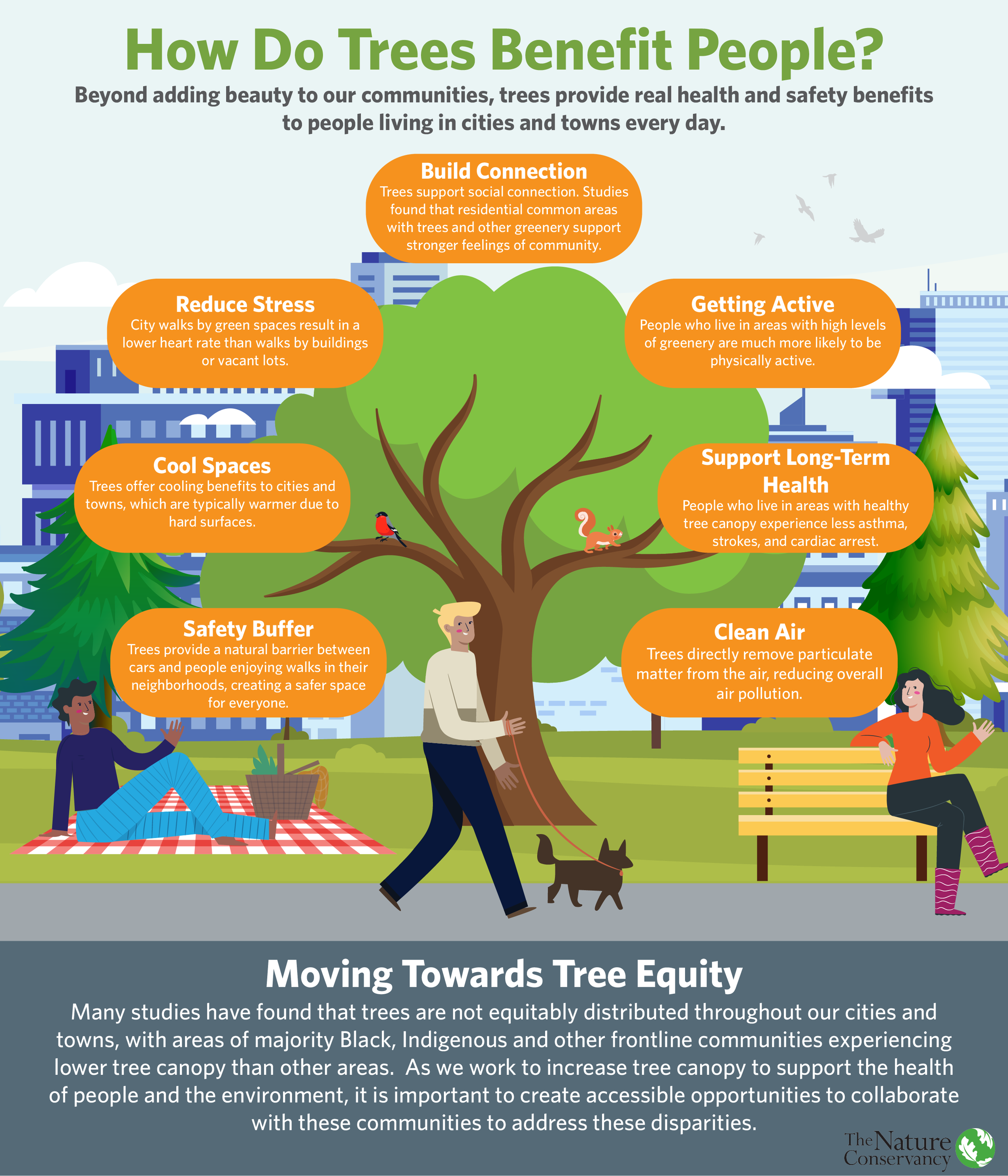By Phil Green, Yellow Island Steward
December and January are the months for king tides, the highest tides of the year. This is when the Earth is closest to both the sun and the moon, the two astronomical bodies affecting our tides.
King tides are supposed to be predictors of what sea-level rise will look like with the warming oceans. Regular citizens like you and me are encouraged to take photos wherever we are showing the king tides. On Dec. 7, I took a photo of the king tide (8.98 feet predicted) at Yellow Island.
In the photo, you see driftwood that look to have been placed there by high tides, not king tides. You see tracks on the beach that were left uncovered. In fact, it looks like just another day at the beach. What happened? Did the science get it wrong?
I checked out the National Oceanic and Atmospheric Administration (NOAA) website and found the following graph:
Instead of the predicted 8.98-foot king tide, preliminary results show an actual tide of 7.96’, just more than a foot lower than predicted. Can science explain this?
Look up tides in your local area!
Yes! First, these are just predictions, mainly based on the gravitational pull of the moon and the sun on the tides. Another major factor is the pressure of the local atmosphere. On the day of the king tide, there was a high-pressure system present in the Puget Sound, which can cause both the high and low tides to be lower than predicted. If there were a low pressure system, both the high and low tides would be higher than predicted. On Yellow Island, I think of high-pressure days as being mostly nice weather days; low pressure systems bring windy, stormy days. The biggest storm I remember on Yellow Island, with the most extreme tides, was Nov. 24, 2011, Thanksgiving Day. Winds were above 65 MPH that day, as illustrated in the following photo sequence:
The actual tide that day was 10.09 feet, more than a foot-and-a-half higher than the predicted 8.39 feet. Combine this with the the driving force of the waves, and it's not surprising to see that all the driftwood was floating that day. From this and the previous example, you can see that there can be more than a one foot swing in either direction from the predicted to the actual tides.
In 2011, we had just installed a new sign to replace one taken out by a storm the previous year. I thought that the original sign had been there 25 years — it must have been a freak storm that took it out. We have had several “freak” storms since then — freak storms are pretty much yearly events now. Thankfully, not all 65 MPH wind storms happen at high tides, which are particularly devastating.
The next predicted king tides are early morning on Jan. 3 (9:10 a.m.), Jan. 4 (9:40 a.m.) and Jan. 5 (10.11 a.m.), which may have already happened by the time you read this. These times are for Friday Harbor, so check your local listings. And if you want it to be exciting, pray for a storm event.



























